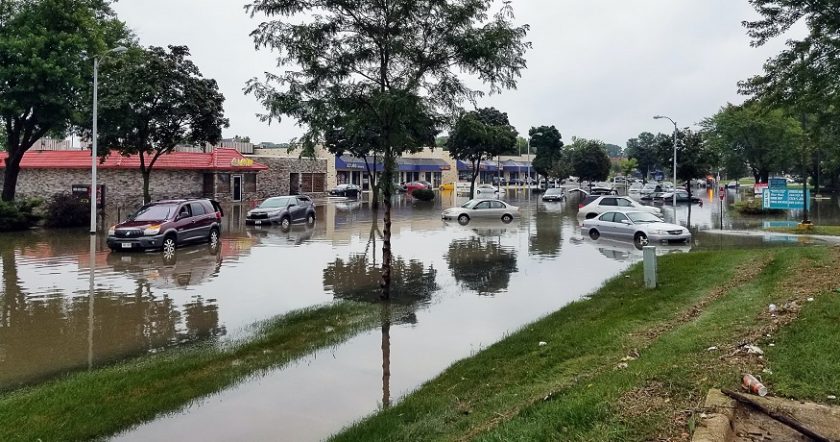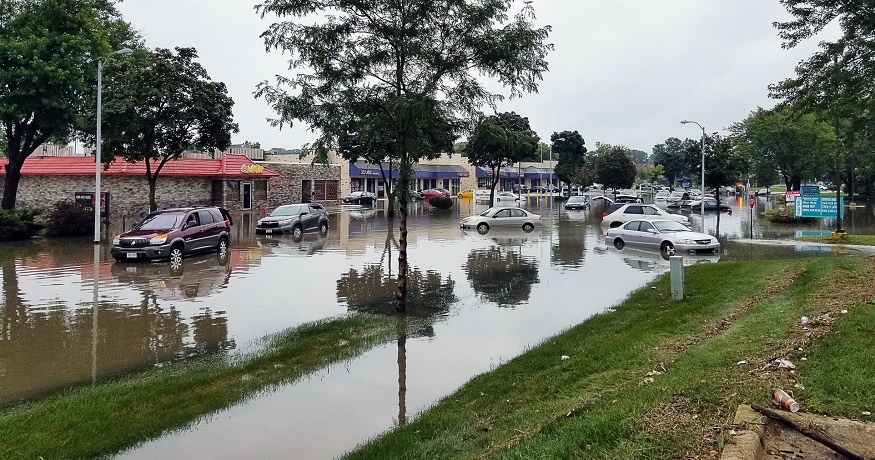Much of the country is expected to see increasing flood insurance rates this year in order to cover rapidly rising costs resulting from climate change, according to new data that will create a substantial political struggle for the Biden administration.
The National Flood Insurance Program (NFIP) will need to send its premiums sky high in certain areas to reflect risks already present, let alone those that are continuing to rise. Increasing flood insurance rates by four times would be necessary for homes with the highest risk and that are located in floodplains, if the premiums are to represent the present risks, said First Street Foundation data. That group of academics and experts focus on flooding risk modeling and have determined that meeting the current risk, let alone what is coming in the future, substantial rate hikes will be needed.
First Street’s projections showed that by 2050, climate change’s impact on flooding alone will necessitate a sevenfold rate hike. New data regarding the current and projected risk of flooding could mean higher costs for covering homes at risk. The Federal Emergency Management Agency (FEMA), which runs NFIP, will announce new premiums for that coverage on April 1. It is examining the risks using modern flood modeling techniques that offer a closer reflection of individual property risks. This approach mirrors what First Street said it used to generate its own figures.
If the increasing flood insurance rates released by FEMA look like those from First Street, they will be substantial.
“If they took a purely risk-based approach, it would look like our numbers,” said First Street head of research and development, and Quantitative Methods director for the City University of New York Social Sciences program.
It should be noted that First Street’s data is used by a spectrum of US agencies, including the Federal Housing Finance Agency, as well as the Federal Reserve Bank of  Atlanta. Still, FEMA has already issued a statement of caution about potential increasing flood insurance rates and that homeowners should not assume that its new Risk Rating 2.0 system will produce premiums calculations that mirror First Street’s Model.
Atlanta. Still, FEMA has already issued a statement of caution about potential increasing flood insurance rates and that homeowners should not assume that its new Risk Rating 2.0 system will produce premiums calculations that mirror First Street’s Model.


